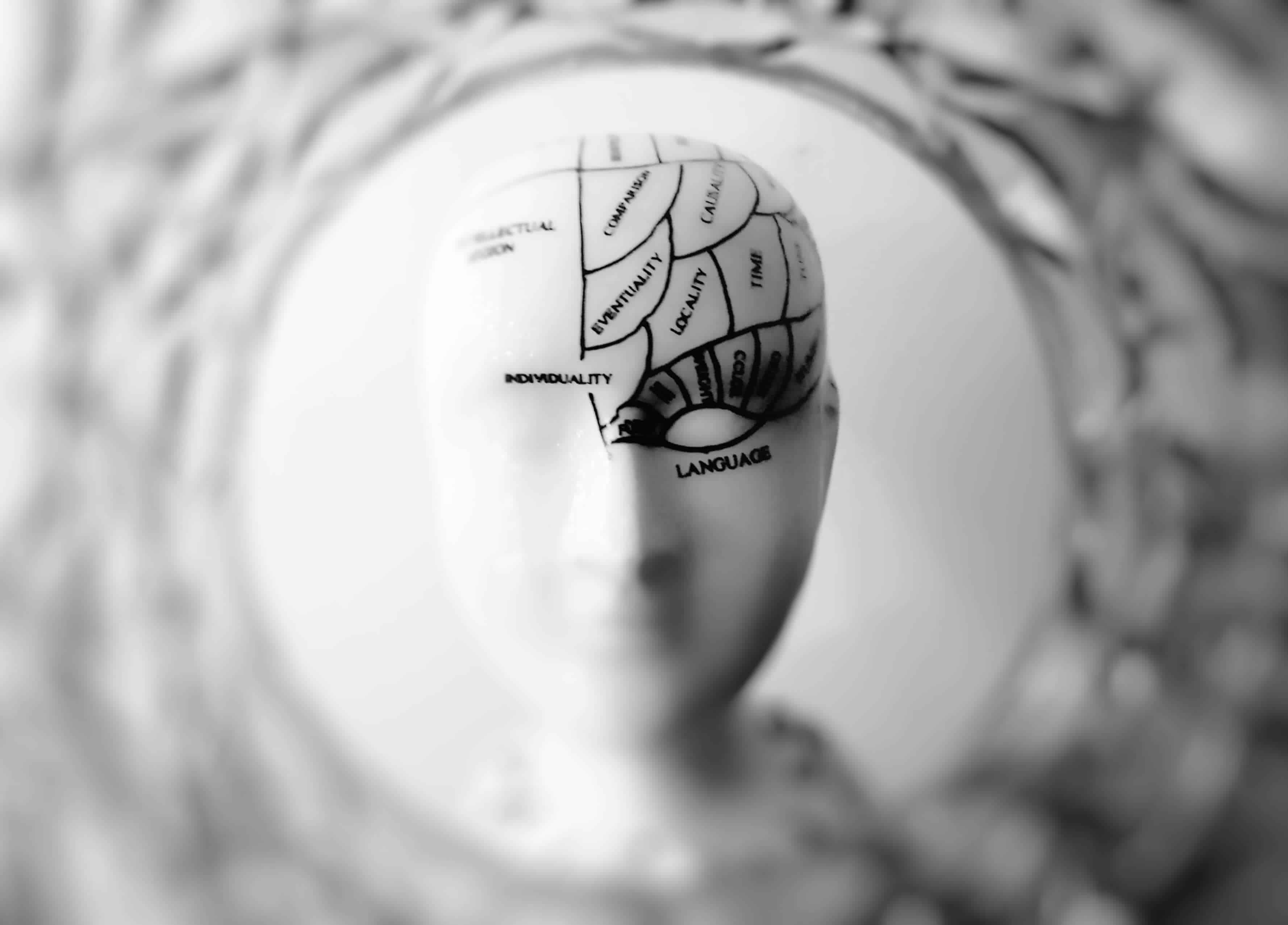Tapping into the Neuroscience of Learning and Personalization
Individual learner’s brains are unique – and they are constantly changing and adapting. As we learn, new connections are made, and new neural pathways are created. This is known as neuroplasticity. In the neuroscience of learning, this concept has replaced the belief that we learn best in childhood, while as adults, our brains are less receptive to new experiences and learning. Neoplastic change happens when our brains experience something that strongly resonates with us, and when we are highly engaged. In fact, throughout our lives, neuroplasticity underpins all effective learning – from playing the piano to learning a new language. As each learner’s brain is different and changing all the time, it is essential that learning delivery and content is personalized to individuals and continues to adapt to the individual’s changing needs.
Artificial intelligence (AI) can now support learning professionals in making learning more relevant for each learner, by determining individual needs and then adapting and personalizing the learning for those learners. For example, the content and delivery of language and communications training should vary tremendously, depending on whether the learner is a beginner or someone looking to develop high-level skills even further. In a large organization where many employees are proficient in foreign languages, these learners will be looking to improve their skills in a very specific way with language learning content that is relevant to their business role and the particular challenges they face, such as emailing clients, negotiating, or giving presentations.

Dynamic adaptation of learning pathways
AI technology can help language learners by determining their needs and responding with learning content that matches their learning preferences, thus creating a more personalized and engaging learning experience for each learner. AI learns from the interactions between the learner and the learning solution, and also from how learners interact with each other within learning communities. The intelligent software then adapts the learning path for that individual user, based on these interactions.
Of course, artificial intelligence software is on a continuous learning journey itself. Researchers at MIT have pointed out that AI-powered robots learn foreign languages effectively by imitating the learning processes of children, that is, by observing scenes and making connections. Researchers found that AI software observing how people spoke to each other, soon picked up foreign language skills based on these interactions, rather than needing to acquire formal language skills.
Increasingly, there is recognition that many adult humans learn best this way, as well. In response, forward-thinking learning and development professionals are replacing traditional linear e-learning course modules with a variety of learning experiences dynamically tailored to the needs and interests of everyone, based on their expressed preferences as well as their daily interaction with the learning solution.

Personalization increases relevance
Personalization is key to learner engagement because it makes content more relevant for learners. A linear, predefined learning path might suit some learners but will not suit most of them. Personalization should not only apply to learning content, but also to the method of delivery. For example, some people learning languages prefer flashcards, while others prefer contextual learning, such as watching videos and reading news articles in that language. Others may be at a stage where they need personal interaction with another human to hone their skills. An intelligent learning solution can detect these needs and prompt L&D managers to source one-to-one support for that learner.
Personalization needs to be a core element of any learning solution, especially in the time of digital transformation where tech rules our daily lives and causes regular distractions, generating high levels of learner engagement – and high levels of ‘stickiness’ for new skills learned. Here’s how L&D professionals can use AI to improve personalization of learning:
1. Use social learning to meet individual training needs
AI can support learning communities by mapping interactions between learners, identifying individuals with transferable skills, and building groups of learners who might learn particularly well together. This could include reaching out beyond company borders and creating a community of marketing professionals wishing to improve their English language skills, for example.
2. Implement gamification as part of personalized learning delivery
Some learners will respond much better than others to gamified learning. This type of learning can bring an element of competition among peers, making it more exciting and engaging. Intelligent software enables learning and development professionals to understand which learners are responding well or might respond well to gamified learning content.
3. Build more interaction into the learning pathway
There is no doubt that the more often learners interact with relevant learning content and with other learners, the more effective the learning will be. In addition, measuring interactions, the type and frequency, can help intelligent software to adapt individual learners’ learning pathways to suit them better.

Data knows better
Understanding how neuroscience affects learning and how the use of AI delivers more personalized learning experiences, can help improve individual learner outcomes. At the same time, AI uncovers data that enables organizations to find their own hidden treasures- people who have specific skills and knowledge, and are able to teach others and help drive the business forward. Learning and development departments serving larger workforces of several thousand employees, may shy away from the idea of personalizing the learning journey of each employee, due to the amount of intense labor involved. But with the help of AI, the latest intelligent learning solutions can support personalization for 10 employees or 10,000, helping learning professionals add value to each learner’s experience while maximizing the human assets of the business.
Read our Think User Centric whitepaper and see how learning and development professionals can help modern learners take control over their learning paths. Find out more about the Neuroscience of Learning in this dedicated e-book!
